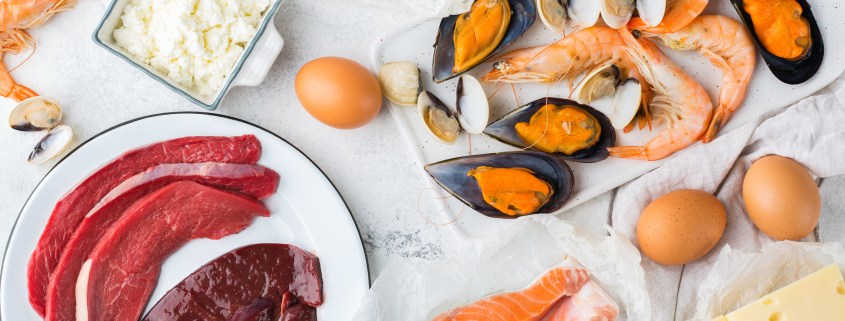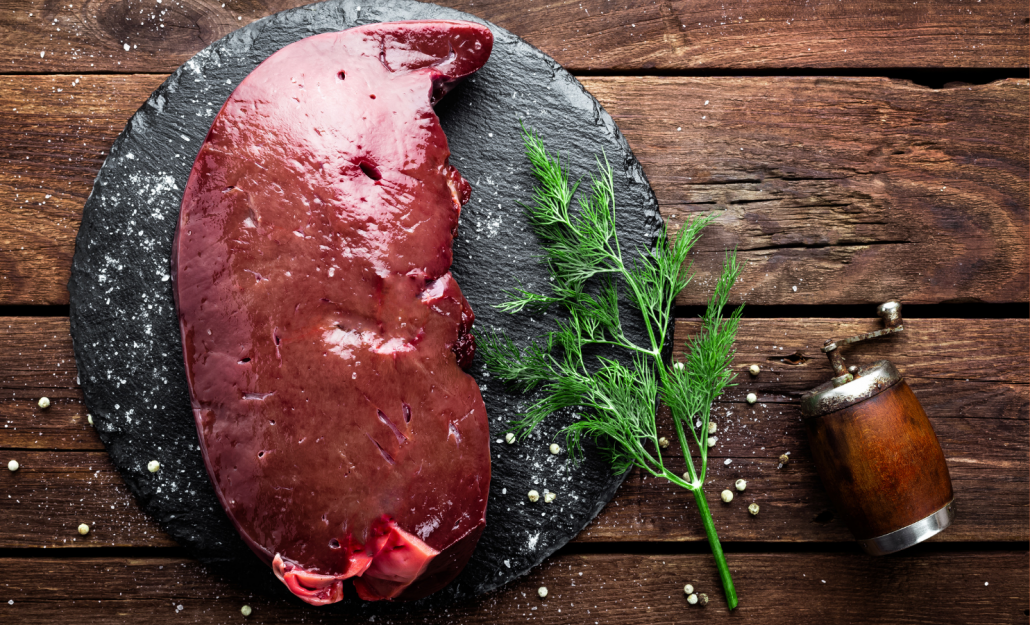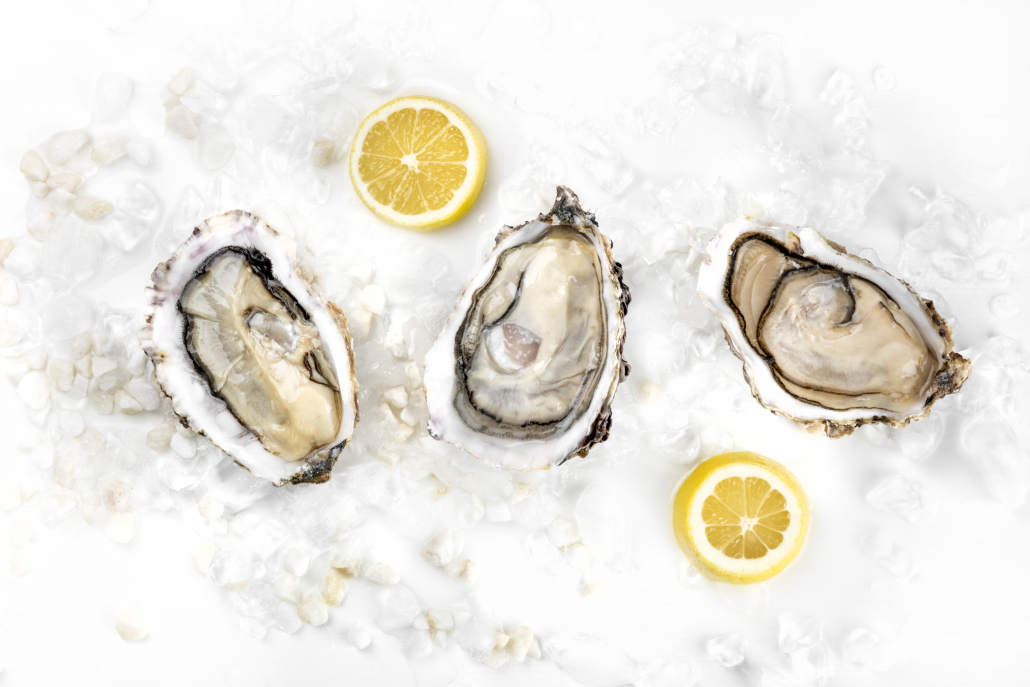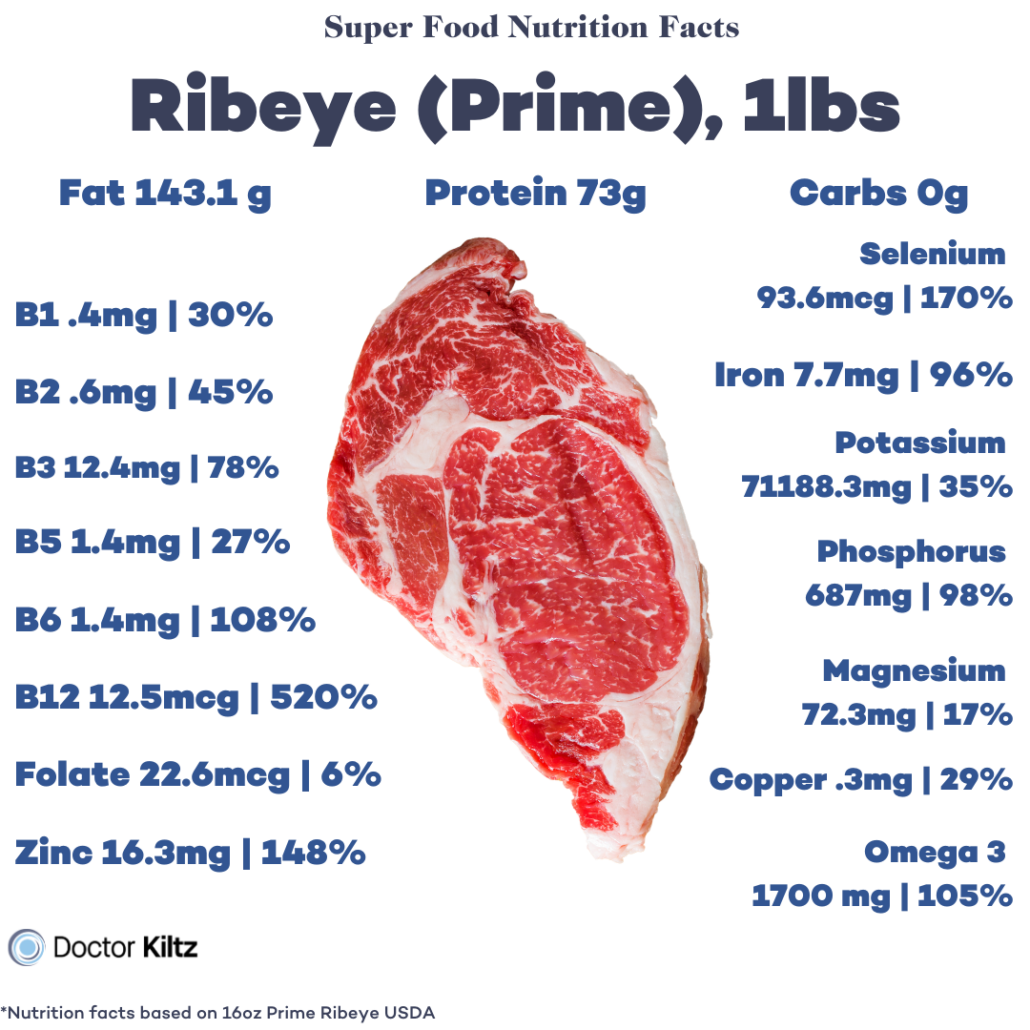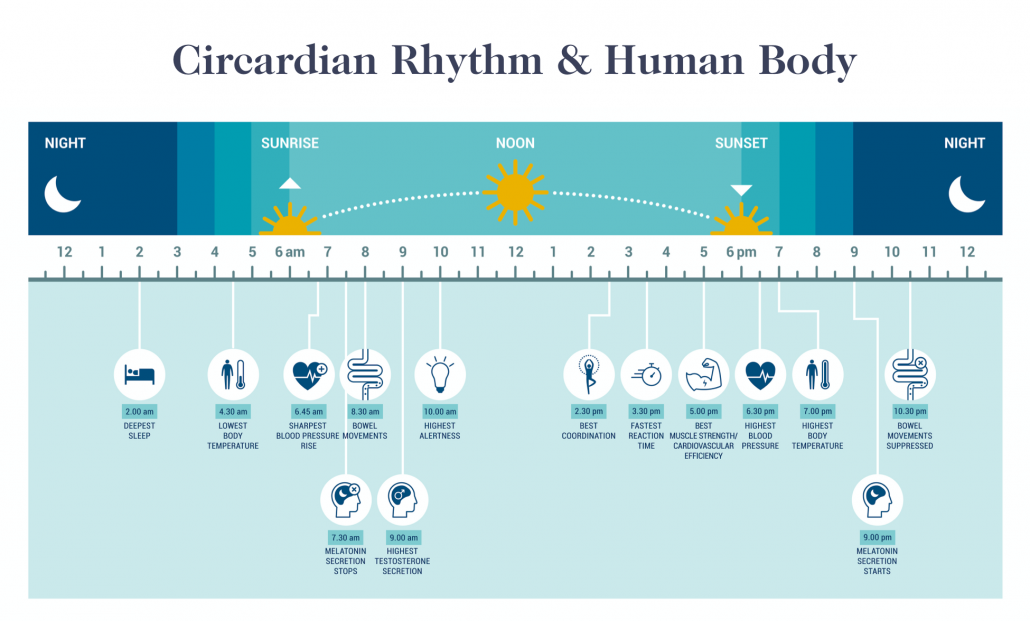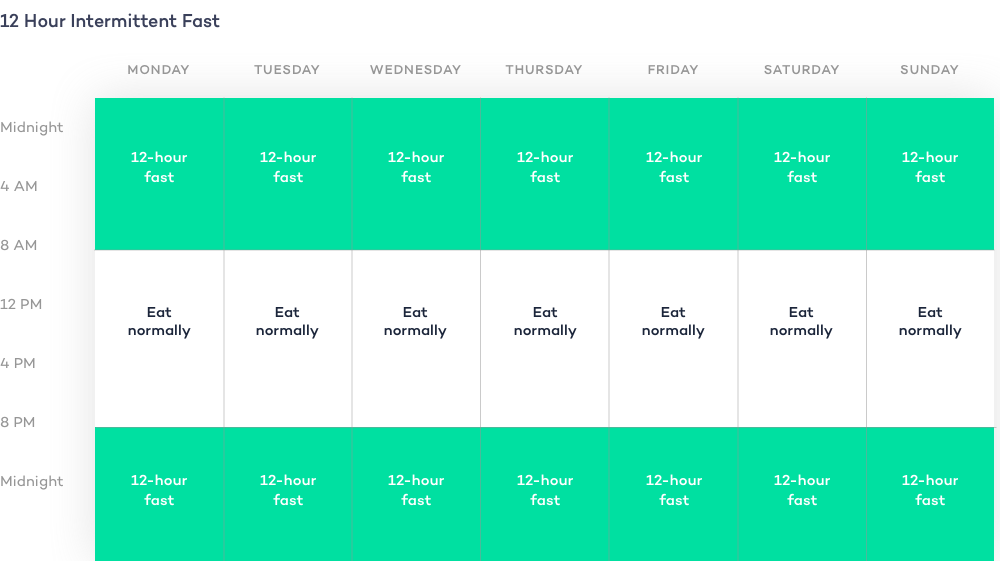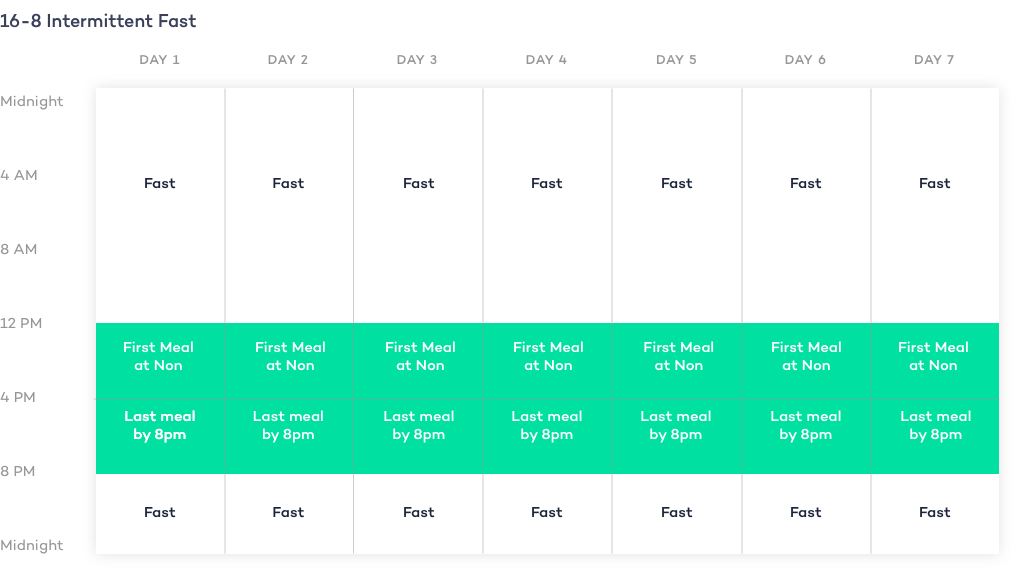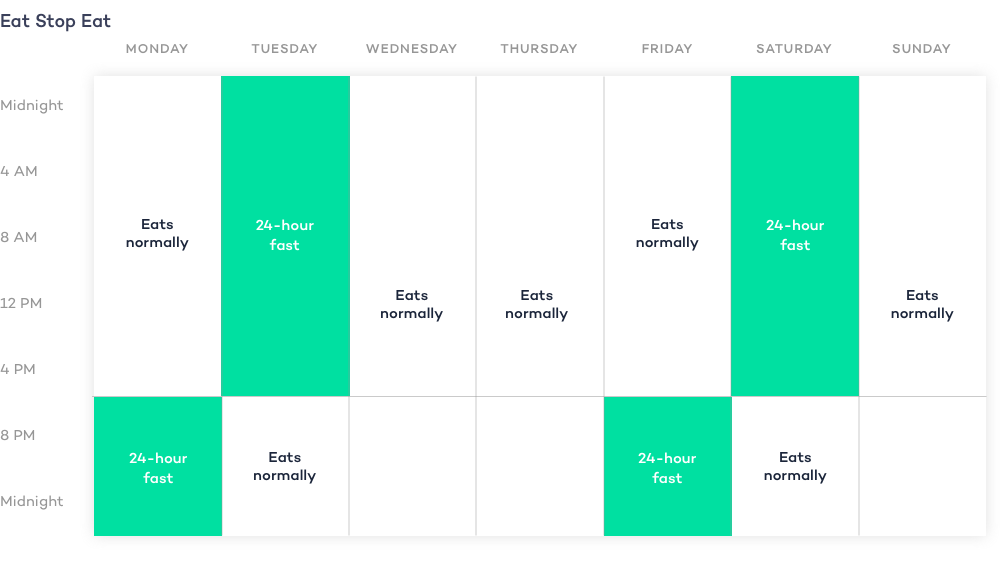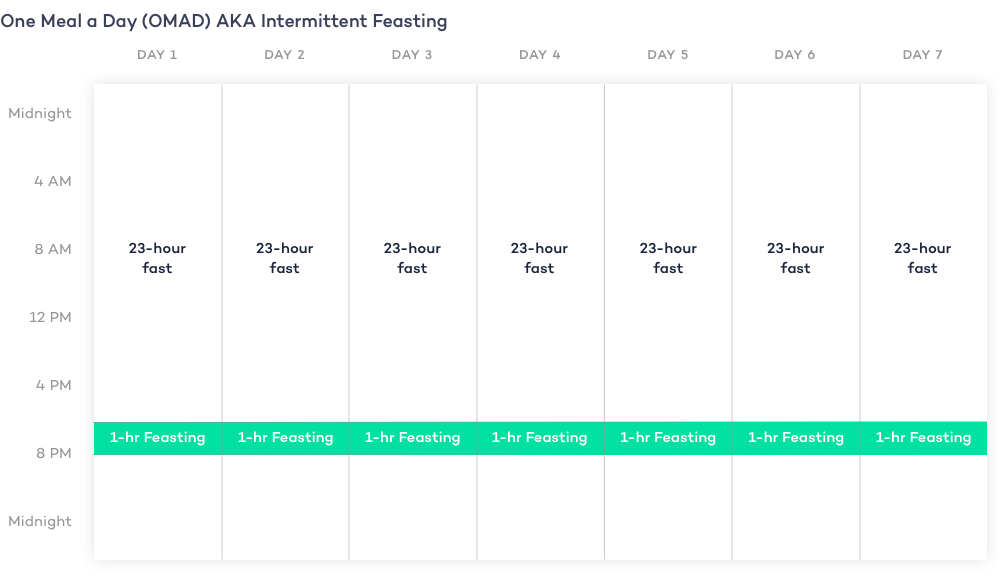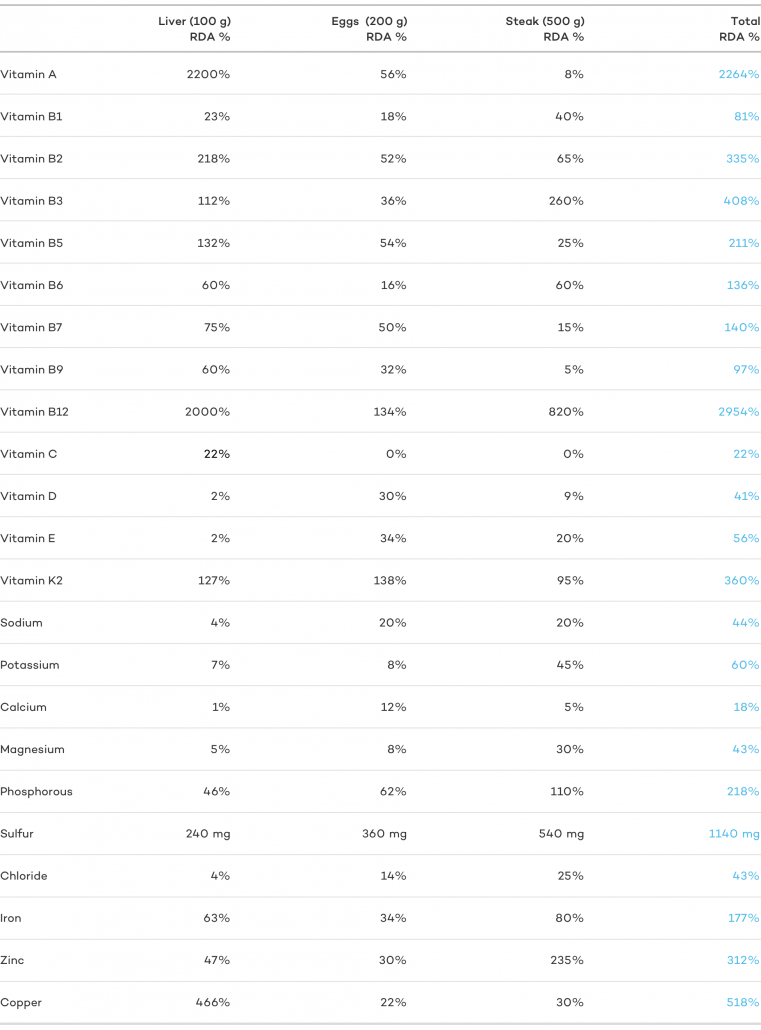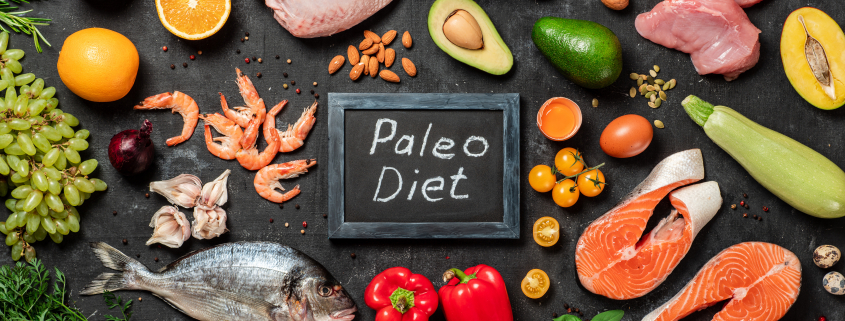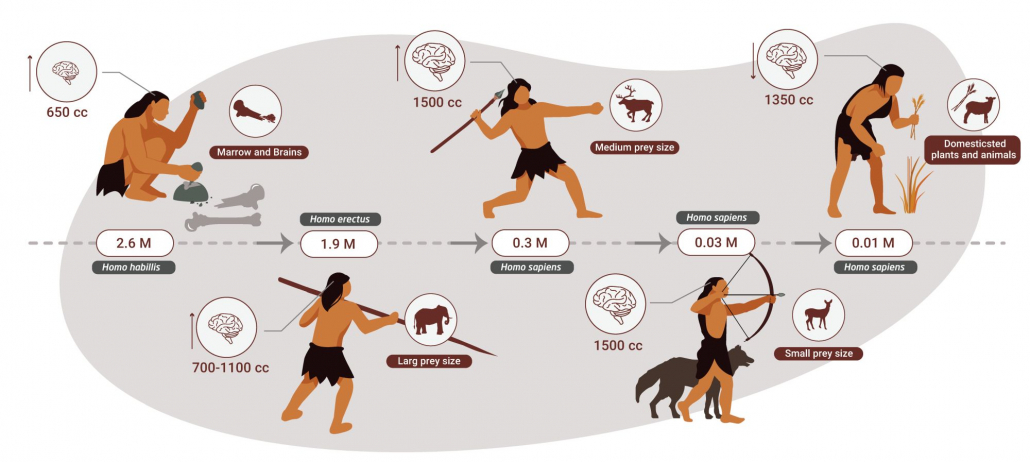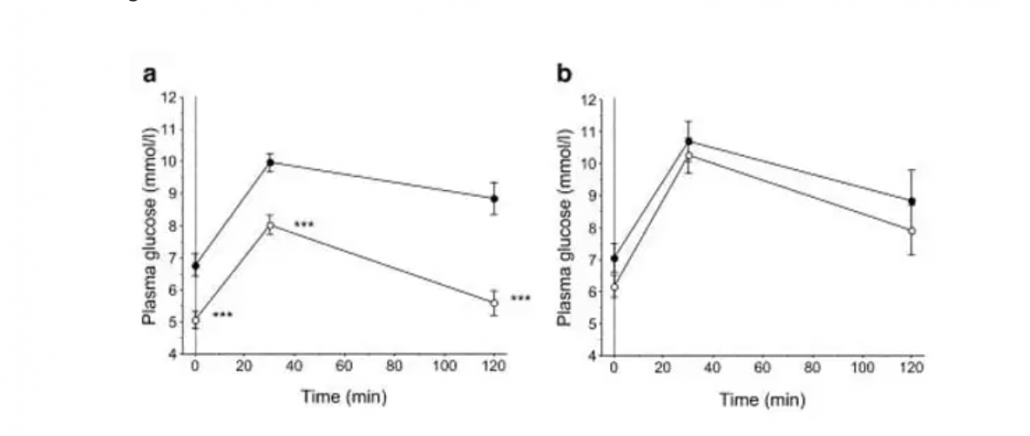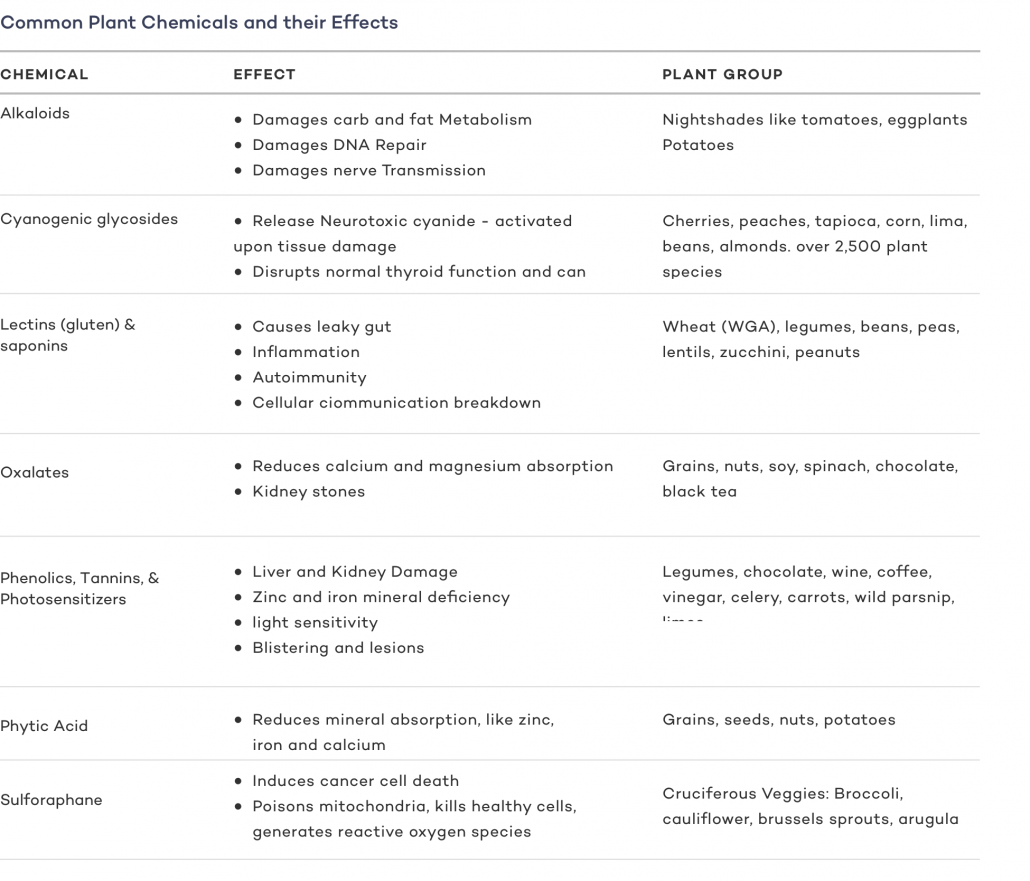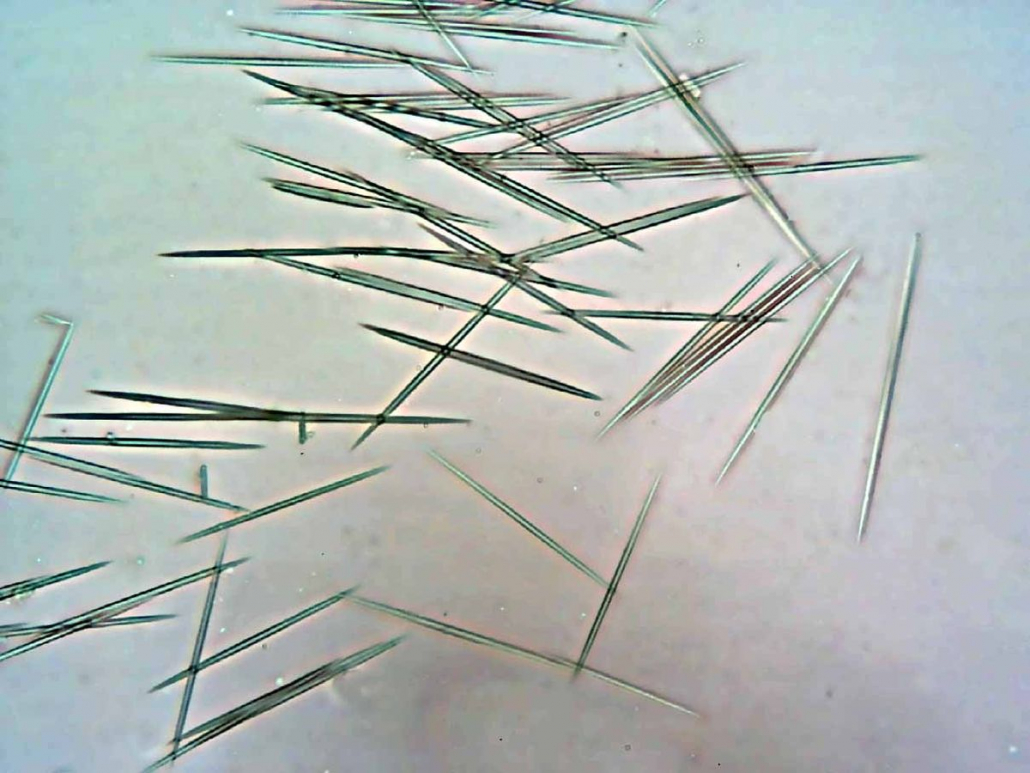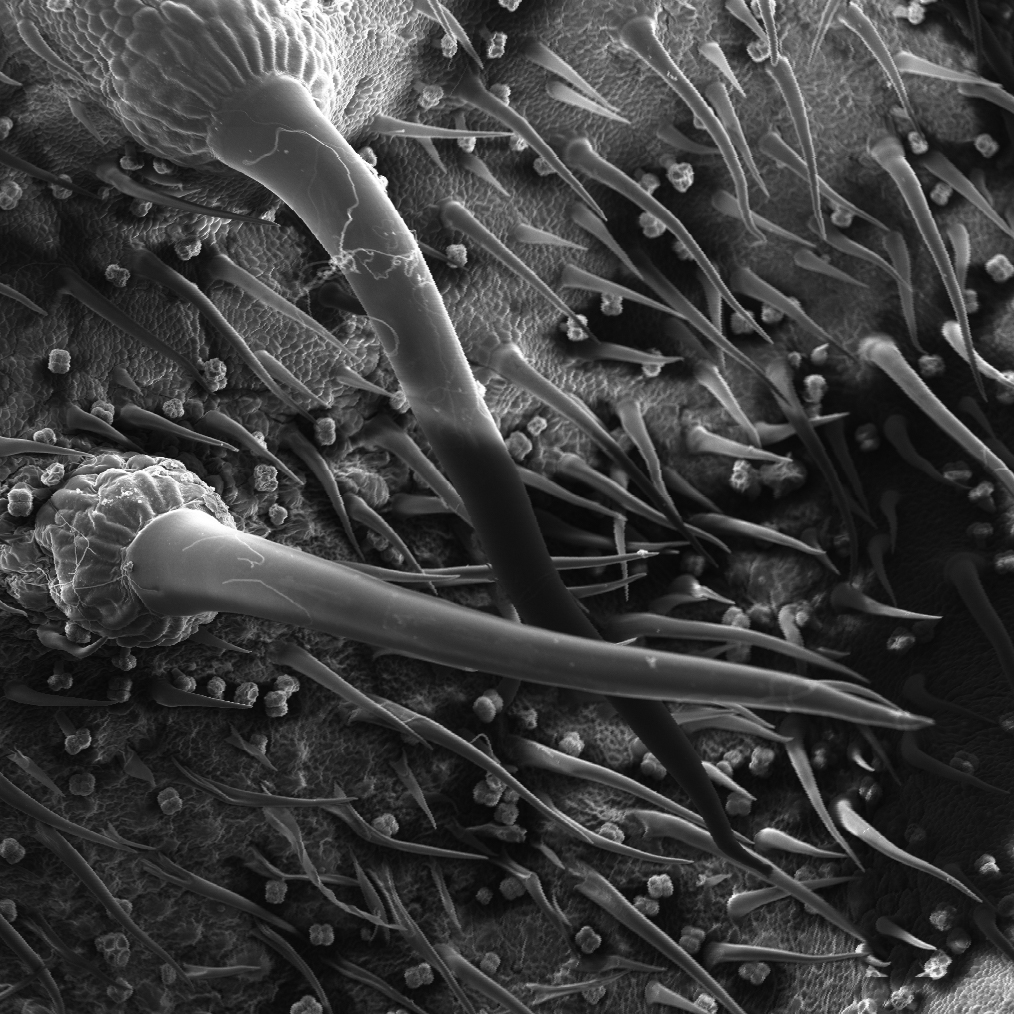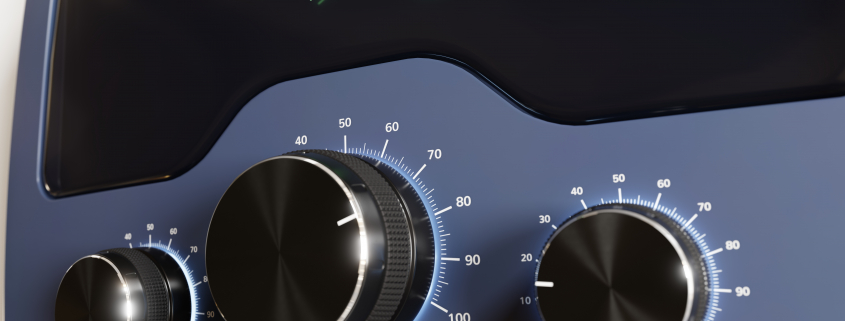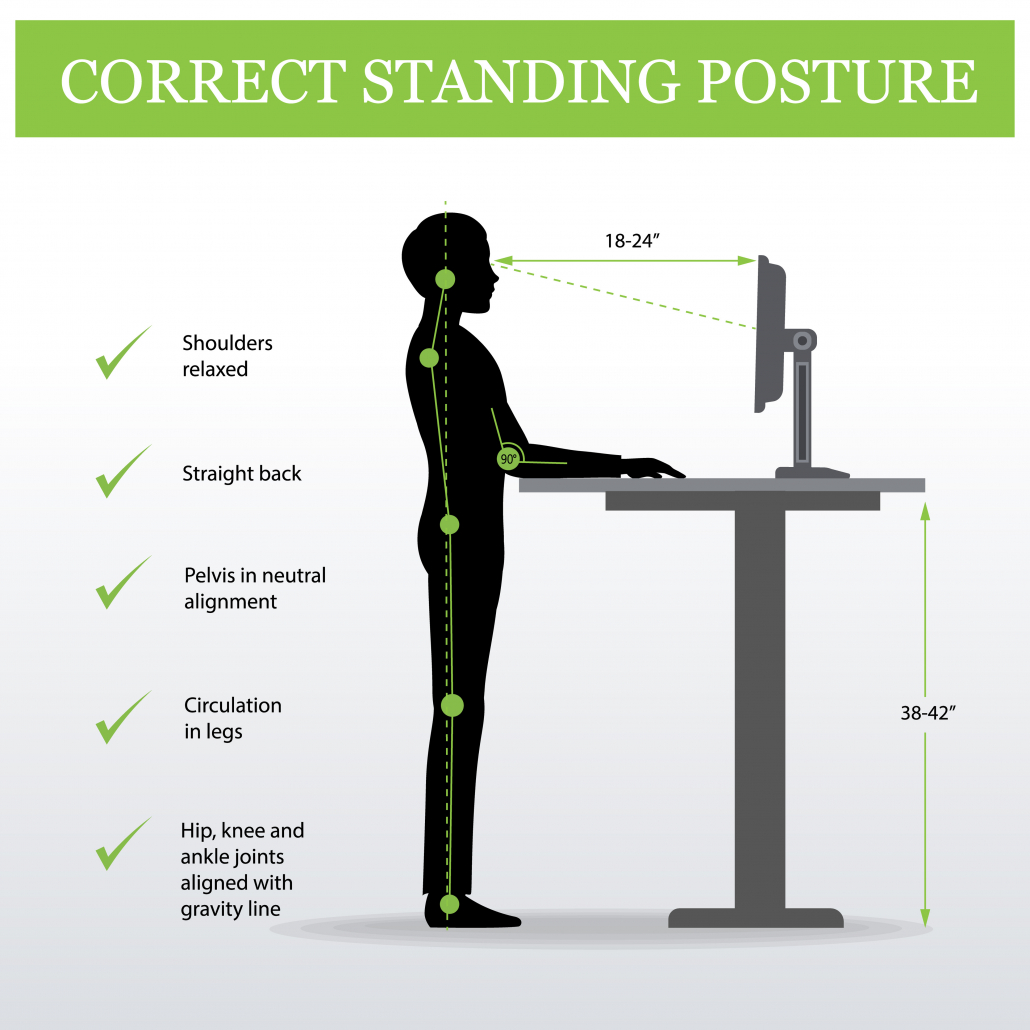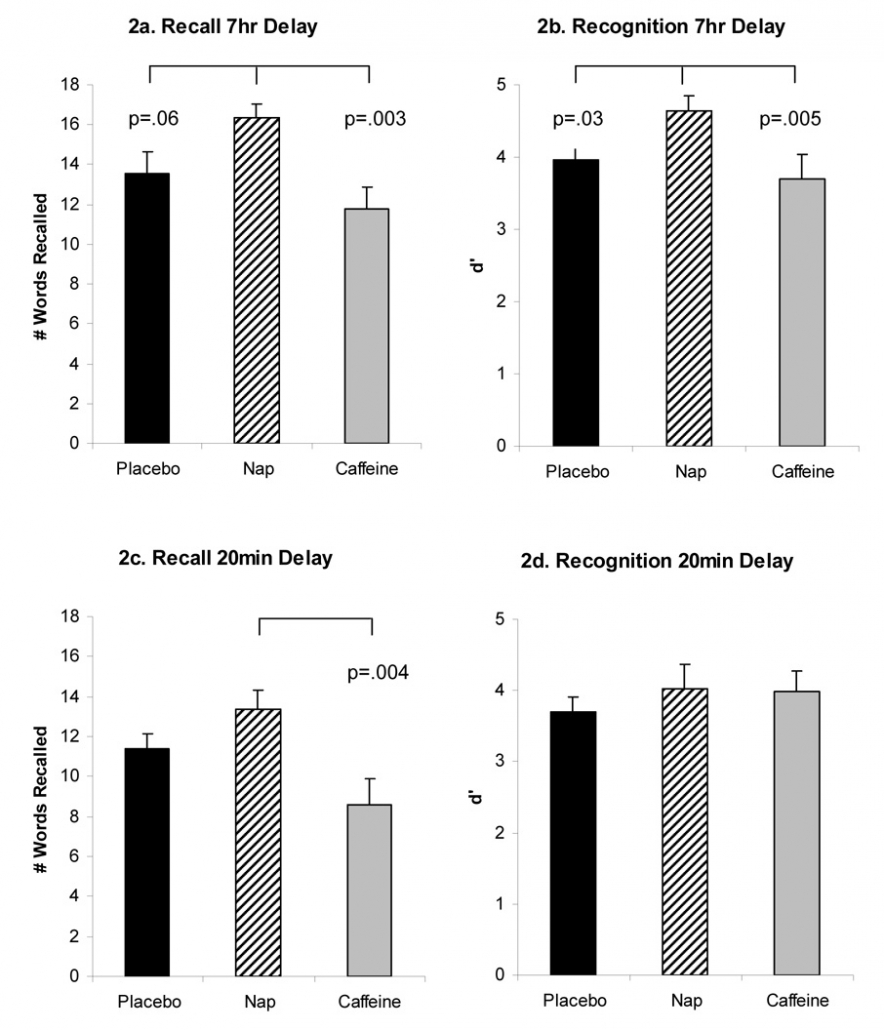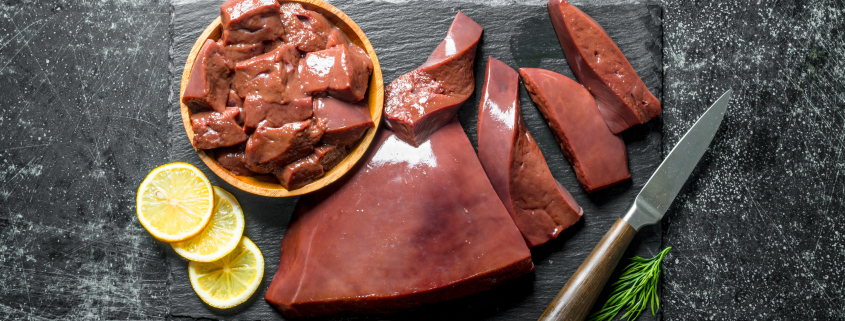Body Scan Meditation: Benefits and Script
Body scan meditation is a type of mindfulness meditation where you focus your awareness on sensations in your body.
By strategically paying attention to sensations in different areas of your body, you tune into the places where you unconsciously hold stress. By being with the stress in the body you expand your “window of tolerance”, or your ability to be with and release latent physical and emotional tension.
At first this may all sound a little mysterious, but it all makes experiential sense once you give it a try. Read on for a body scan meditation script that can help you reconnect with yourself from the body out, right now!
Benefits of Body Scan Meditation
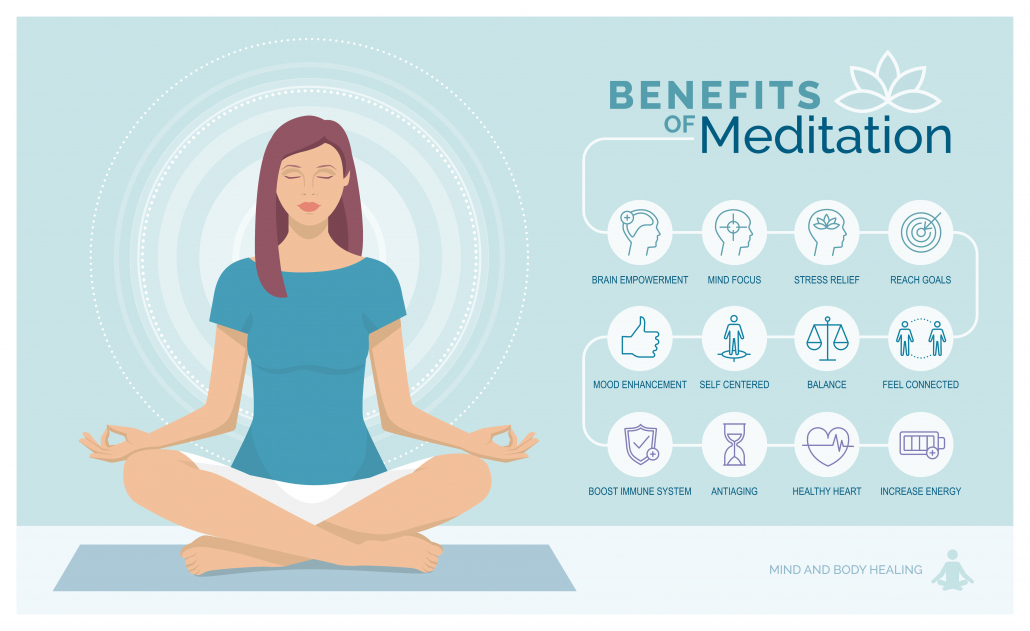
Body scan meditation is a type of meditation in the mindfulness tradition. The benefits of mindfulness are numerous and supported by over 1000 clinical studies.
Mindfulness activities provide numerous positive benefits including:
- Stress reduction [1]
- Anxiety reduction [2]
- Reduced depression
- Increased awareness of habits and ability to choose healthy habits [3] [4] [5]
- More creativity in better problem-solving skills [6]
- Improved attention and memory [7]
- Reduces age-related memory loss [8]
- Enhanced attention, memory, and mental quickness in older people [9]
- Increased compassion for self and others [10]
- Improved control over alcohol, drug, and food cravings [11] [12]
- Better sleep [13]
- Reduction in physical pain [14] [15]
- Reduced blood pressure. [16]
- Reduced inflammation [17]
- Reduced severity of irritable bowel syndrome, post-traumatic stress disorder, and fibromyalgia [18] [19] [20]
A 2019 study suggests that many of the identified benefits in the mindfulness literature are attributed to interoception and its neurological correlates. Interoception is the perception of sensations from inside the body [21] [22]
Body Scan Meditation Script
- Start by finding a comfortable position to rest your body. The ideal position is lying flat on your back, but you can also sit in a chair. The key is comfort. But you can also do this practice when standing–such as when waiting in line.
- Allow your eyes to close. Or if you prefer you can keep your eyes open and resting with a soft gaze.
- Inhale deeply through your nose, then exhale long and slowly. See if you can exhale for twice as long as each inhale. Try counting if that helps.
- Notice where you feel your breath in your body. This could be your nostrils, your throat, your chest, your abdomen. Can you feel the subtle rise and fall of your breath in your entire body?
- Notice any sounds in the room. Stay with those sounds for a bit, allowing your awareness to meet them directly.
- Then slowly, gently, shift your awareness to your feet. Feel your awareness traveling inside your body.
- Notice any sensations in your feet. If you’re having difficulty feeling your feet, wiggle your toes. Feel the sensation of your feet against the texture of your socks.
- Once your notice sensations in the counterpart of your feet, shift your awareness more deeply into your feet, all the way into the bones. If you can’t go deeper, that’s fine. This is also a good time to notice any judgment that might come up. See if you can notice any sensations in your body that correspond with judgment showing up. Maybe its a heat, or a tightness. Simply notice without attempting to change it. Can you find a little curiosity for these sensations?
- When you feel like you’ve got the hang of noticing the sensations in your feet, gently bring your awareness to your ankles. See how deep you can bring your awareness. Then slowly allow our awareness to travel to your calves, then your knees, and thighs.
- Now feel your entire left leg, right leg, then both at once.
- Notice your breath. Is it tight? Is it easy? Is it deep? Simply noticing what’s there without trying to change it.
- It’s natural for your mind to wander. Notice how your thoughts endlessly arise and pass away. Then gently shift your awareness back to the sensations in your legs.
- Do you notice any pain or stiffness? Any heat, twitches, or tension? Just noticing, not trying to change or relieve it. Just being with the sensations as they are.
- Notice how the sensations arise, change, and pass away. Noticing these sensations, you’re learning how to let your body take the lead. Your job is just to notice the sensations as they arise. Returning to the sensations in the body whenever you get distracted.
- Meditation is the act of returning your awareness to the sensations, not just holding it there. It’s the coming back that matters.
- Now allow your awareness to travel to your bottom, and your lower back, from the pelvic floor up to your waist.
- Notice any clenching in this region. Allow your anus to relax. This might seem funny at first, but the term “tight ass” is popular for a reason. Many of us are constantly clenched with stress and tension.
- Notice any sensations in this region as they arise, change, and pass away.
- Check in again with your breath. Is it tight, is it free, is it deep? Just noticing without judgment.
- Allow your awareness to travel up your mid-back and upper back. Can you allow your awareness to drop down into your organs–your kidneys? Can you notice the sensation of your spine, one vertebra at a time?
- Become curious about the sensations here: there may be heat, tension, pressure, tingling, or even an absence of feeling. Just be curious about whatever shows up.
- Notice any opinions about these sensations, any judgments, and even emotions. Notice them with curiosity and compassion, then return to the sensations in the body.
- Now bring your awareness to the chest, ribs, heart, and lungs. Notice the sensations of your chest rising with each breath, notice the beating of your heart.
- If emotions come up, greet them with an energy of allowance.
- Allow your awareness to travel to your fingers, from your fingernails all the way up each hand, to your wrist, forearms, elbows, biceps, triceps, all the way down into the bones of your arms, then up to your shoulders. Simply noticing any sensations that are there.
- Spend some time noticing the sensations in our shoulders, upper back, and neck. Noticing any tightness of breath here. These areas can hold a lot of tension. Can you simply be with the sensations? Noticing how they change, even if they become uncomfortable–can you tolerate the discomfort, just observing.
- Now shift your awareness to your neck, throat, jaw. Now up to your ears, and drop down into your inner ears. Now your nose, cheekbones, eye sockets, eyeballs. Notice any tension lingering in your eyeballs. Sometimes when we focus inside we build tension in our eyes.
- Let your awareness travel up to your forehead, up the back of your neck, all the way up to the crown of your skull. Notice your breath, maybe you want to deepen your breath, adding an extra-long exhale.
- Now let your attention expand out to include your entire body as a whole. Just noticing the sensations arising and changing everywhere.
- See if you can sweep your awareness from the top of your head down through your entire body to the tips of your toes.
- Inhale deeply, exhale fully, slowly three times.
- When you’re ready, gently release your focus on the interior and let it surface back into the experience of interaction with the world.
- As you become fully alert and awake, you may want to set an intention that this practice of building tolerance and focus will benefit everyone you come in contact with today.
Body Scan Meditation TIps
Practice this body scan meditation whenever you feel stressed. You can even do a subtle version with eyes open when sitting in traffic as long as you don’t lose focus on the road. It is good practice to notice what’s going on inside of you and outside of you at the same time.
If you’re short on time, you can do an abbreviated version wherever you are simply by noticing any places in your body where you hold tension, then taking long deep breaths with extra-long exhales.
You can make this body scan meditation part of a regimen of beneficial mindfulness practices including lovingkindness meditation, visualization practices, meditation for stress and anxiety, gratitude practices, and movement meditations like yoga.
Body Scan Meditation: The Takeaway
Body scan meditations utilize interoception, or your ability to perceive your body from the inside. Interoception activates brain regions associated with emotional regulation, stress relief, reduced addictive behaviors among numerous other cognitive and physical benefits.
You can learn helpful strategies to make meditation a daily practice here.












